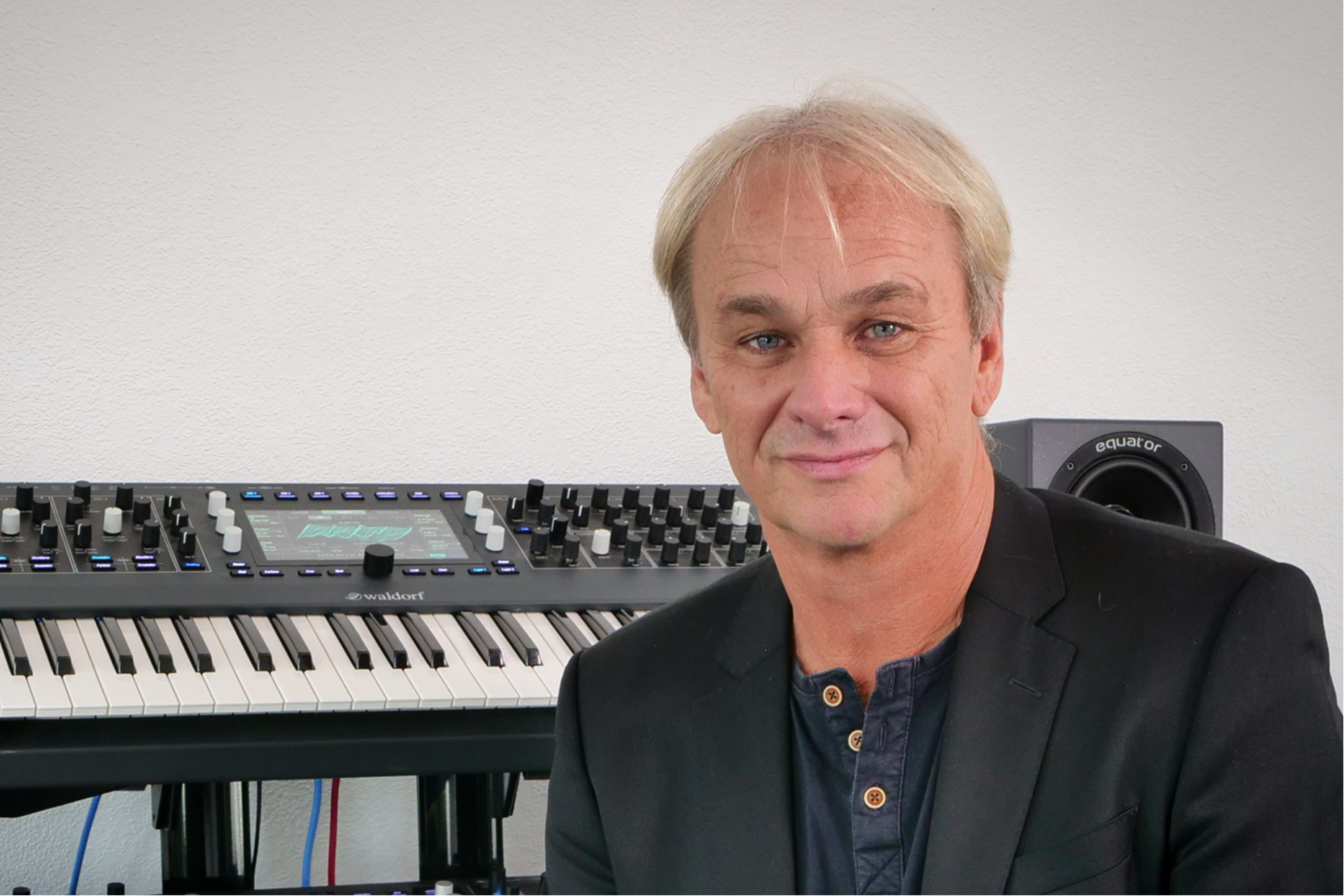
History
The well-known Waldorf Music brand has been synonymous with high-quality synthesizers for over 30 years; indeed, its innovative position in the electronic musical instruments marketplace dates back to 1989 with the release of the wavetable synthesis-based Microwave, an amazing ‘reincarnation’ of the legendary PPG Wave series — arguably amongst the most coveted high-end synthesizers of the early Eighties — that was instrumental in providing some called-for counterbalance to the dominance of Japanese and American designs. While Waldorf continued this unique technology tradition with successive synthesizer releases ranging from the mighty Wave — perhaps the most impressive, expressive, and user-friendly sound synthesis tool ever built — to raising the bar for VA (Virtual Analogue) synthesizers with the introduction of the popular Q series from 1999 onwards, the new millennium saw the trailblazing company making a timely move into the brave new world of music software with the release of its first VST Instrument, PPG Wave 2. V, a tradition it continues to this day with more recent software releases including its Nave advanced wavetable synthesizer. Subsequent successes in the high-quality hardware arena include the Blofeld synthesizer — forging sound and design into an unbeatable price/performance ratio in both desktop and keyboard versions — and Zarenbourg, a contemporary electric piano par excellence, as well as the cost-conscious Rocket (synthesizer), 2-Pole (analogue filter), and Streichfett (string synthesizer) desktop modules. Meanwhile, Waldorf broadened its appeal further still by introducing Nave to transform any iPad into an advanced wavetable synthesizer. Fast-forwarding to today sees the high-quality synthesizer manufacturer musically returning to its roots with M, bringing back classic Microwave and ‘modern’ Microwave II tone generation as a new-generation classic hybrid wavetable synthesizer complimenting a slew of contemporary high-quality synthesizers taking the well-known name into the hands-on musical masses — whether working with its (flagship) Quantum high-class hybrid or (polyphonic aftertouch pressure-providing) Iridium digital synthesizer keyboards, (FPGA-based) Kyra and Iridium digital desktop synthesizers, or other hardware (including a welcomed move into the ever-expanding Eurorack modular synth system format) or software (including iOS).
Management

CEO
Joachim Flor

CTO
Rolf Wöhrmann

